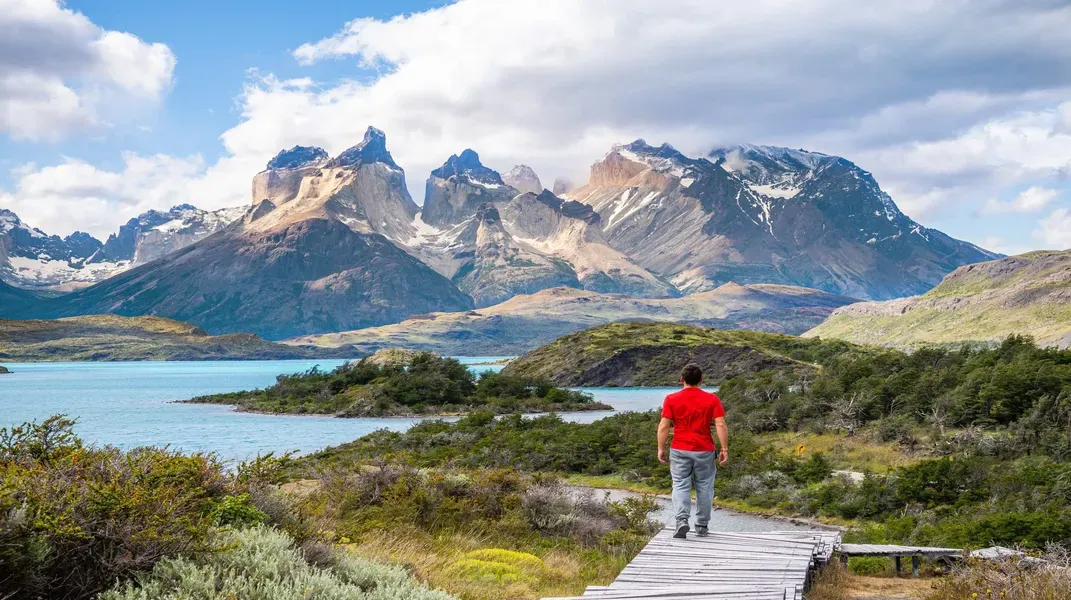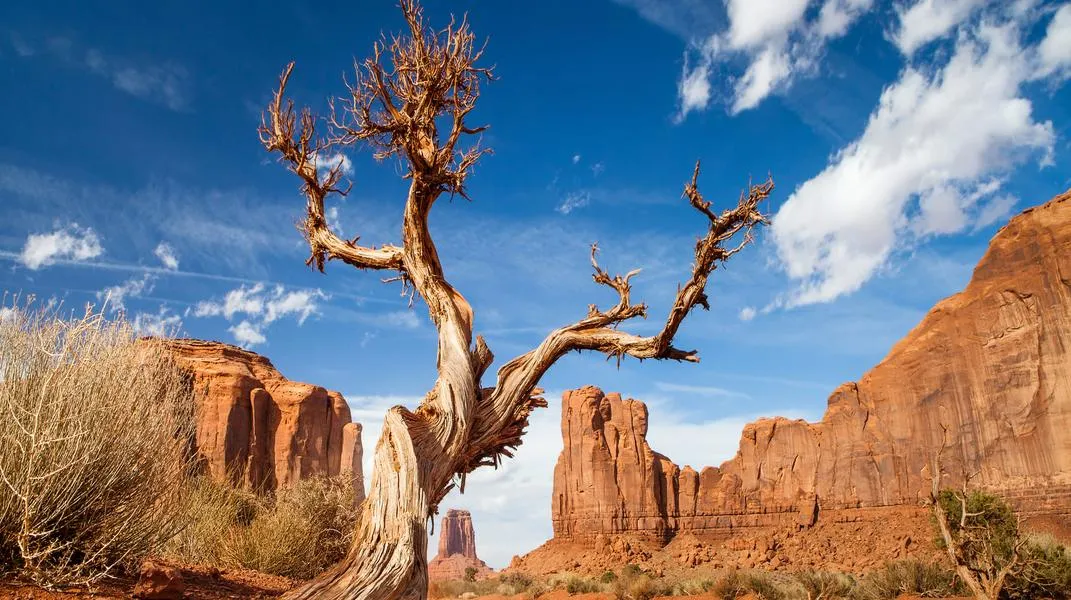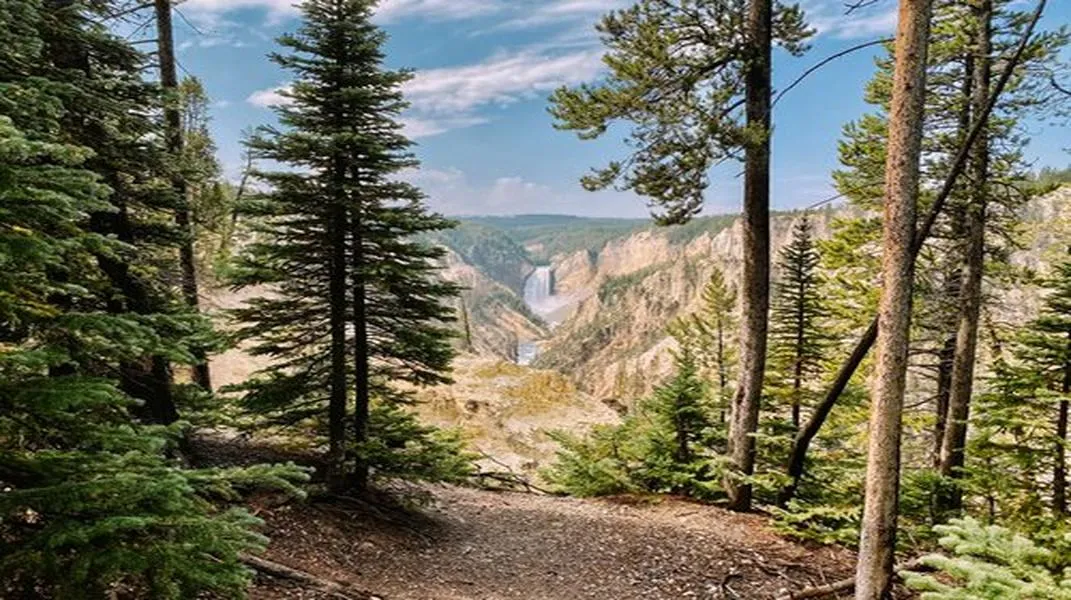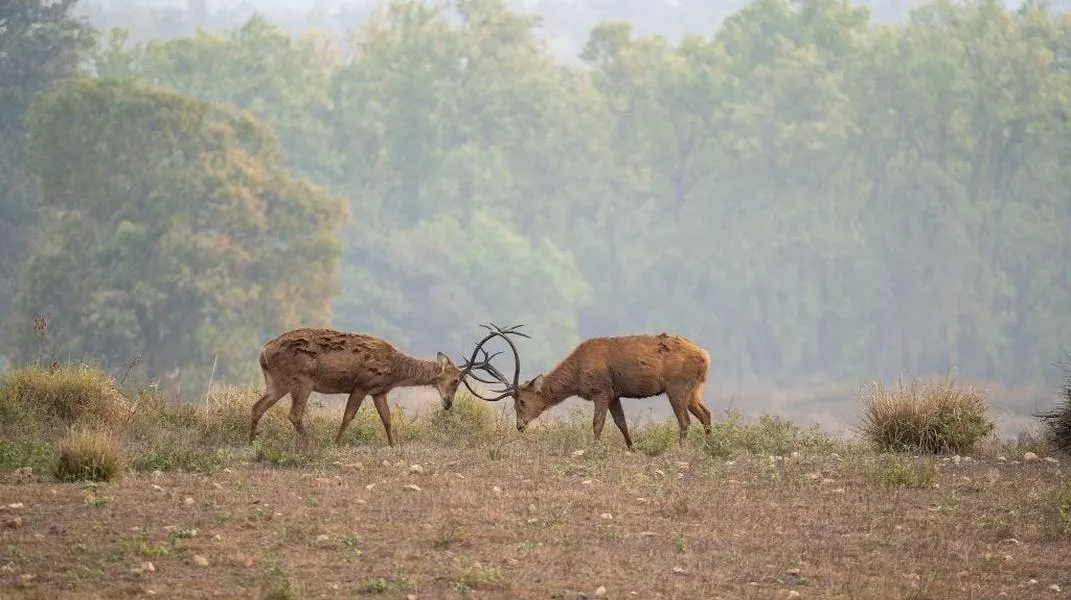Exploring Torres del Paine National Park: A Gateway to Patagonia’s Natural Wonders
Nestled in the heart of Chilean Patagonia, Torres del Paine National Park is a breathtaking expanse of rugged mountains, azure lakes, and sprawling glaciers. Recognized as one of the most stunning national parks in the world, it attracts adventurers, nature enthusiasts, and photographers from every corner of the globe. With its dramatic landscapes and diverse ecosystems, Torres del Paine offers a myriad of opportunities for exploration and connection with nature. This article delves into the park’s key features, activities, and essential preparations needed for an unforgettable visit.

A Glimpse into Torres del Paine
Established in 1959, Torres del Paine National Park spans over 242,000 acres and is home to an array of wildlife, including guanacos, condors, and even the elusive puma. The park’s iconic features include the towering granite peaks of the Torres del Paine massif, the sprawling Grey Glacier, and the shimmering turquoise waters of Lake Pehoé. The park is a UNESCO Biosphere Reserve, emphasizing its ecological significance and the need for preservation.
The park’s name derives from the Spanish word "torre," meaning tower, which aptly describes the three granite towers that rise dramatically above the Patagonian steppe. These peaks—Torres del Paine—serve as a symbol of the park, drawing trekkers and climbers from around the world who yearn to conquer their heights or simply marvel at their grandeur.
Key Attractions within the Park
1. Torres del Paine Massif
The centerpiece of the park, the Torres del Paine massif, consists of three granite towers that soar 2,500 meters (8,200 feet) above sea level. The hike to the base of the towers is one of the most popular treks in the park, typically taking around 8-10 hours round trip. Hikers are rewarded with breathtaking views of the towers, especially at sunrise when the first rays of light illuminate the granite faces.
2. Grey Glacier
Another must-see attraction is the Grey Glacier, part of the Southern Patagonian Ice Field. This massive glacier is accessible via a moderate hike or boat tour. Visitors can witness the stunning blue hues of the ice as it calves into the waters of Lake Grey. For those seeking a more adventurous experience, ice trekking on the glacier offers an exhilarating opportunity to explore the crevasses and ice formations up close.
3. Lake Pehoé and Salto Grande
Lake Pehoé is famous for its striking turquoise waters and stunning views of the surrounding peaks. The lake is a perfect spot for photographers, and the nearby Salto Grande waterfall, which connects Lake Pehoé to Lake Nordenskjöld, is a beautiful sight. Visitors can enjoy a leisurely stroll along the lake’s shore or embark on a more challenging hike to the viewpoints overlooking the landscape.
4. Cuernos del Paine
The Cuernos del Paine, or the "Horns of Paine," are another iconic feature of the park. These distinctive peaks, characterized by their dark rock formations, are a result of volcanic activity and glacial erosion. The hike around the Cuernos offers stunning panoramic views and is part of the famous W Trek, which takes hikers through some of the park’s most picturesque areas.
5. Wildlife Watching
Torres del Paine is a haven for wildlife enthusiasts. The park is home to diverse species, including the Patagonian fox, Andean deer (huemul), and a variety of bird species, such as the elusive Andean condor. Early morning or late afternoon are the best times for wildlife spotting, as animals are more active during these hours.
Preparing for Your Visit
Visiting Torres del Paine National Park requires careful planning and preparation to ensure a safe and enjoyable experience. Below, we outline essential materials and considerations for your trip.
1. Travel Essentials
- Transportation: The nearest town to the park is Puerto Natales, which serves as the primary gateway. Buses run regularly from Puerto Natales to the park entrance, and many travelers opt to rent a car for greater flexibility. For those looking to explore the park more in-depth, guided tours are also available.
- Park Entrance Fee: As of the latest update, the entrance fee to Torres del Paine National Park is approximately 25,000 Chilean Pesos (around $35 USD) for foreign visitors. It’s advisable to check for any changes in fees or policies before your visit.
2. Clothing and Gear
Given the park's diverse weather conditions, dressing in layers is crucial. Here’s a list of recommended clothing and gear:
- Base Layer: Moisture-wicking shirts and thermal tops to keep you dry.
- Insulating Layer: Fleece or down jackets to provide warmth during colder temperatures.
- Outer Layer: Waterproof and windproof jackets to protect against rain and wind.
- Pants: Lightweight, quick-drying hiking pants or shorts, depending on the season.
- Footwear: Sturdy, comfortable hiking boots with good ankle support and waterproofing.
- Accessories: Warm hats, gloves, and lightweight scarves for added warmth. Sunglasses and sunscreen are essential to protect from the strong UV rays.
3. Hiking Equipment
If you plan to hike extensively within the park, consider bringing the following equipment:
- Backpack: A comfortable day pack for carrying essentials during hikes.
- Water Bottle or Hydration System: Staying hydrated is vital, especially on longer treks.
- Snacks: High-energy snacks like nuts, trail mix, and energy bars are perfect for keeping your energy up.
- Trekking Poles: These can provide stability on uneven terrain and reduce strain on your knees.
- Map and Compass or GPS: While trails are well-marked, having a map or GPS device can be helpful for navigation.
4. Camping Gear (If Applicable)
For those looking to camp in the park, consider the following items:
- Tent: A lightweight, waterproof tent suitable for the conditions.
- Sleeping Bag: A sleeping bag rated for cold temperatures is essential for camping in Patagonia.
- Camping Stove and Cookware: If you plan to cook, bring a portable stove and cooking utensils.
- Food Supplies: Non-perishable food items that are easy to prepare.
5. First Aid and Safety
- First Aid Kit: It's advisable to carry a basic first aid kit, including band-aids, antiseptic wipes, pain relievers, and any personal medications.
- Emergency Whistle and Mirror: Useful for signaling if you get lost or need assistance.
- Multi-tool or Knife: Handy for various tasks, from food preparation to gear repairs.
6. Respect for Nature
While preparing for your visit, keep in mind the principles of Leave No Trace. Respect the environment by disposing of waste properly, staying on marked trails, and minimizing your impact on the delicate ecosystems of the park.
Best Time to Visit
The best time to visit Torres del Paine National Park is during the spring (September to November) and fall (March to May) when temperatures are milder, and the crowds are fewer. Summer (December to February) is the peak season, with warmer temperatures and longer days, but it can also be crowded. Winter (June to August) offers a unique experience for those willing to brave the cold, with opportunities for snowshoeing and winter trekking.
Conclusion
Torres del Paine National Park is a true gem of Patagonia, offering visitors a chance to immerse themselves in some of the most spectacular natural scenery on earth. From the towering granite peaks to the shimmering lakes and glaciers, each corner of the park reveals new wonders. By preparing adequately and respecting the environment, you can embark on an adventure that you’ll cherish for a lifetime.
As you plan your journey to this breathtaking destination, remember to take your time, soak in the beauty of your surroundings, and embrace the spirit of adventure that Patagonia embodies. Whether you’re hiking the iconic trails, capturing stunning photographs, or simply soaking in the majestic landscapes, Torres del Paine National Park promises an unforgettable experience in one of the world's last great wildernesses.




